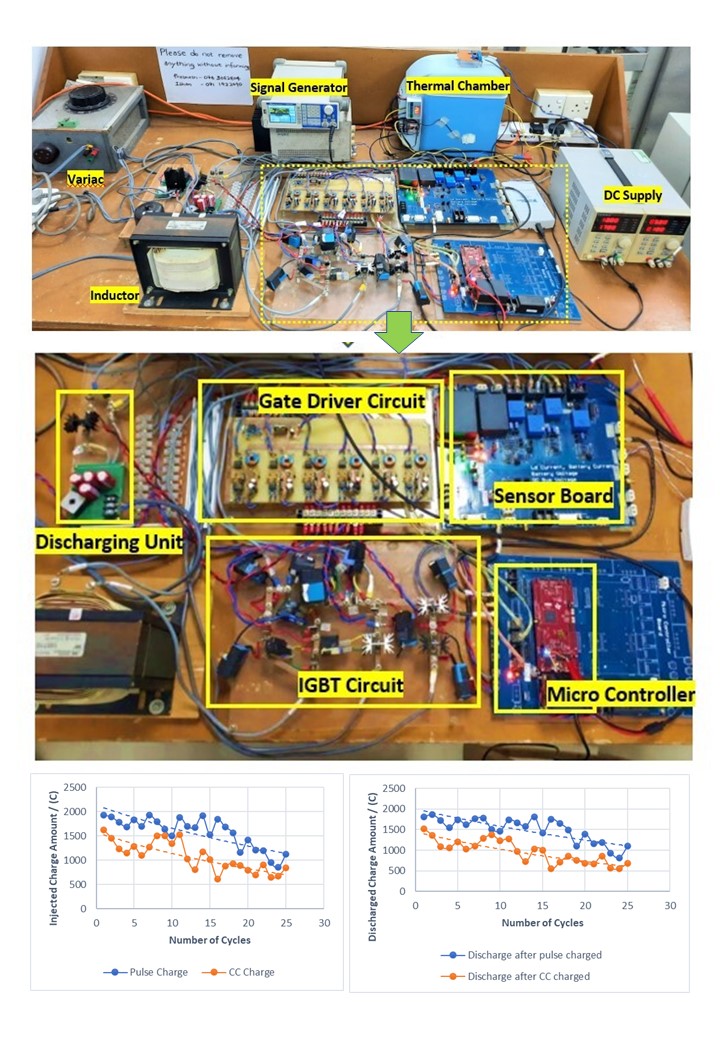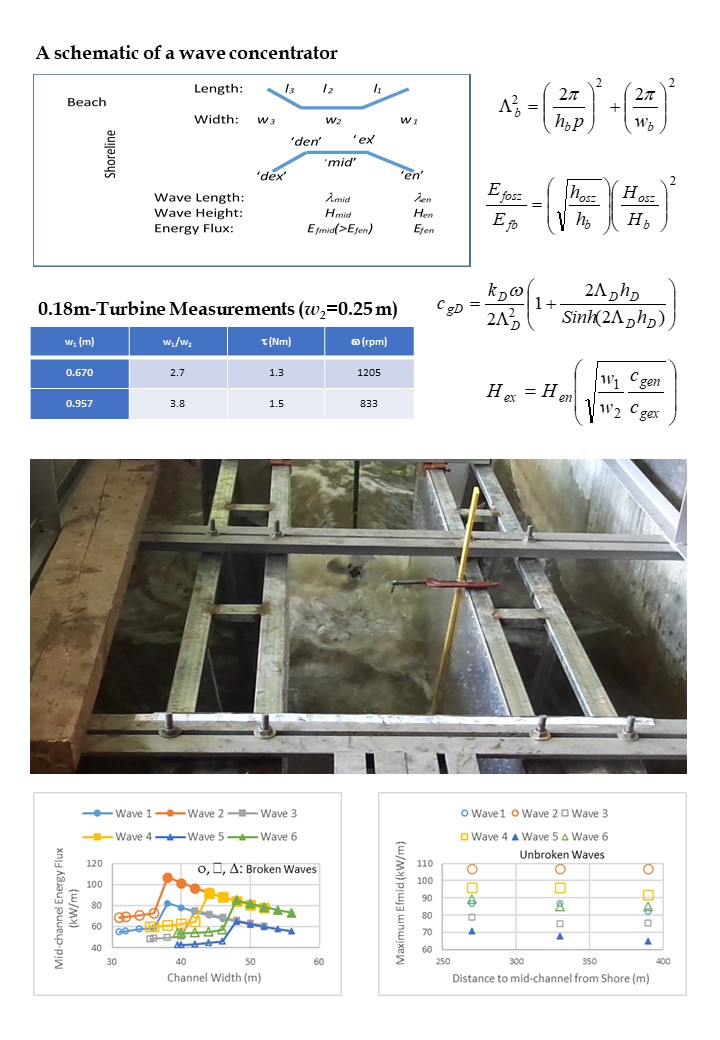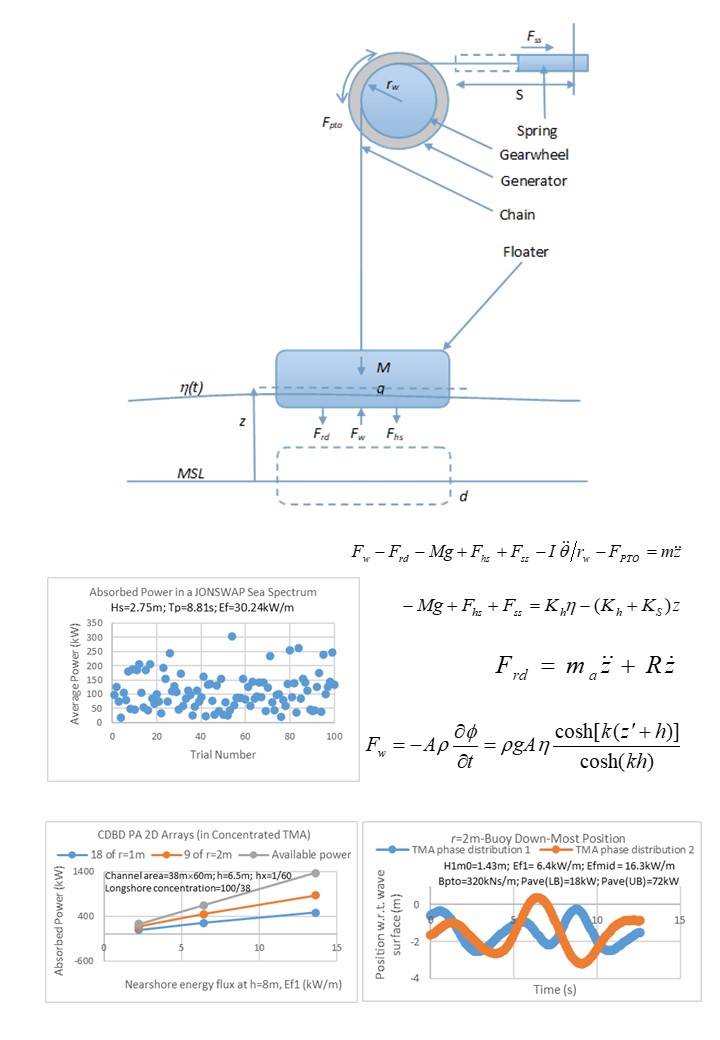Project: FAST Battery Charger
DEEE Members: Prof. S.G. Abeyratne
This project is sponsored by the CodeGen International (Pvt) Ltd.
Overview

Project Summary
KEY PUBLICATIONS
⮚ B.L.L. Sandaruwan, S.G. Abeyratne and R.T.T. De Silva, "Voltage-Mode-Current-Control Concept for Current-Source- Inverters in Grid Integration," PCIM Europe 2019; International Exhibition and Conference for Power Electronics, Intelligent Motion, Renewable Energy and Energy Management, Nuremberg, Germany, 2019, pp. 1-6.
Project: Nearshore Wave Concentration for Mechanical and Electrical Energy Generation
DEEE Members: Dr. K.D.R. Jagath Kumara.
This project was supported by the Department of Civil Engineering and the workshops of the Departments of Mechanical Engineering and the Electrical & Electronic Engineering.
Overview

Project Summary
KEY PUBLICATIONS
⮚ K.D.R. Jagath Kumara, (2022), “On the placement of a wave manipulator suitable for energy harnessing in the nearshore”, Taylor and Francis Cogent Engineering, Vol. 9, Issue 1, September.
⮚ K.D.R. Jagath-Kumara, D.D. Dias, R. L. Nawagamuwa, W. M. A. R. Weerasinghe, (2018), “Wave Energy Enhancement for Nearshore Electricity Generation”, ENGINEER, Journal of the Institution of Engineers, Sri Lanka, Vol. LI, No. 2, p. 43-52, April.
⮚ K.D.R. Jagath-Kumara, D.D. Dias, (2015), “Near Shore Wave Manipulation for Electricity Generation”, WASET International Journal of Energy and Power Engineering, Vol. 9, No. 7, 2015, pp. 683-692.
⮚ S.D.K. Maliyadda, W.M.C.R. Wijeratne, S.R.L.M. Zoysa, D.D. Dias, K.D.R. Jagath-Kumara (2014), “Manipulation of near-shore sea waves for electricity generation: modelling a wave concentrator,” in Proc. 5th International Conference on Sustainable Built Environment, ICSBE 2014, Kandy, Sri Lanka, vol. 3, pp. 206-216, 12-14 Dec.
Project: Top-Mounted Point Absorber Type Wave Energy Converters
DEEE Members: Dr. K.D.R. Jagath Kumara.
This project compares possible configurations for a point absorber (PA) type wave energy convertor (WECs) using semi-theoretical approaches.
Overview

Project Summary
KEY PUBLICATIONS
⮚ K.D.R. Jagath Kumara, (2022), “On the placement of a wave manipulator suitable for energy harnessing in the nearshore”, Taylor and Francis Cogent Engineering, Vol. 9, Issue 1, September.


